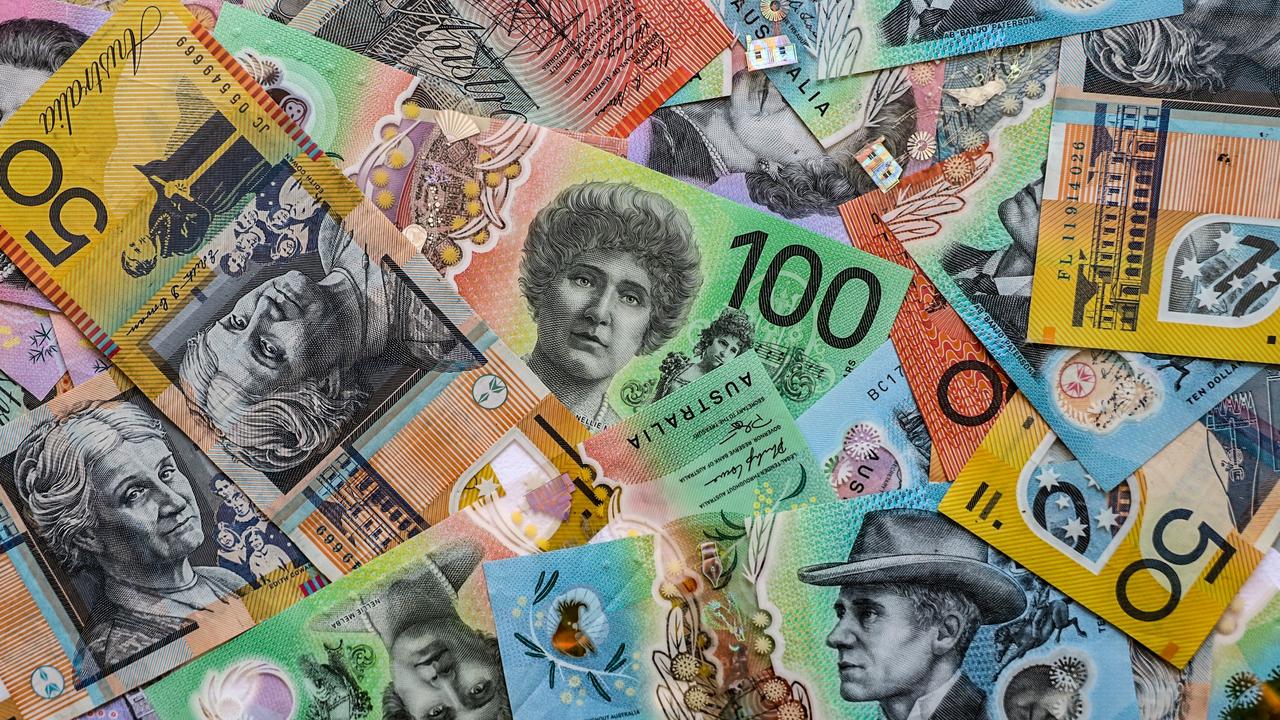‘Panic selling’ begins to avoid Labor’s $3 million super tax
Treasurer Jim Chalmers’ looming superannuation tax changes have already sparked a flight for the exits as wealthy retirees scramble to move their money.
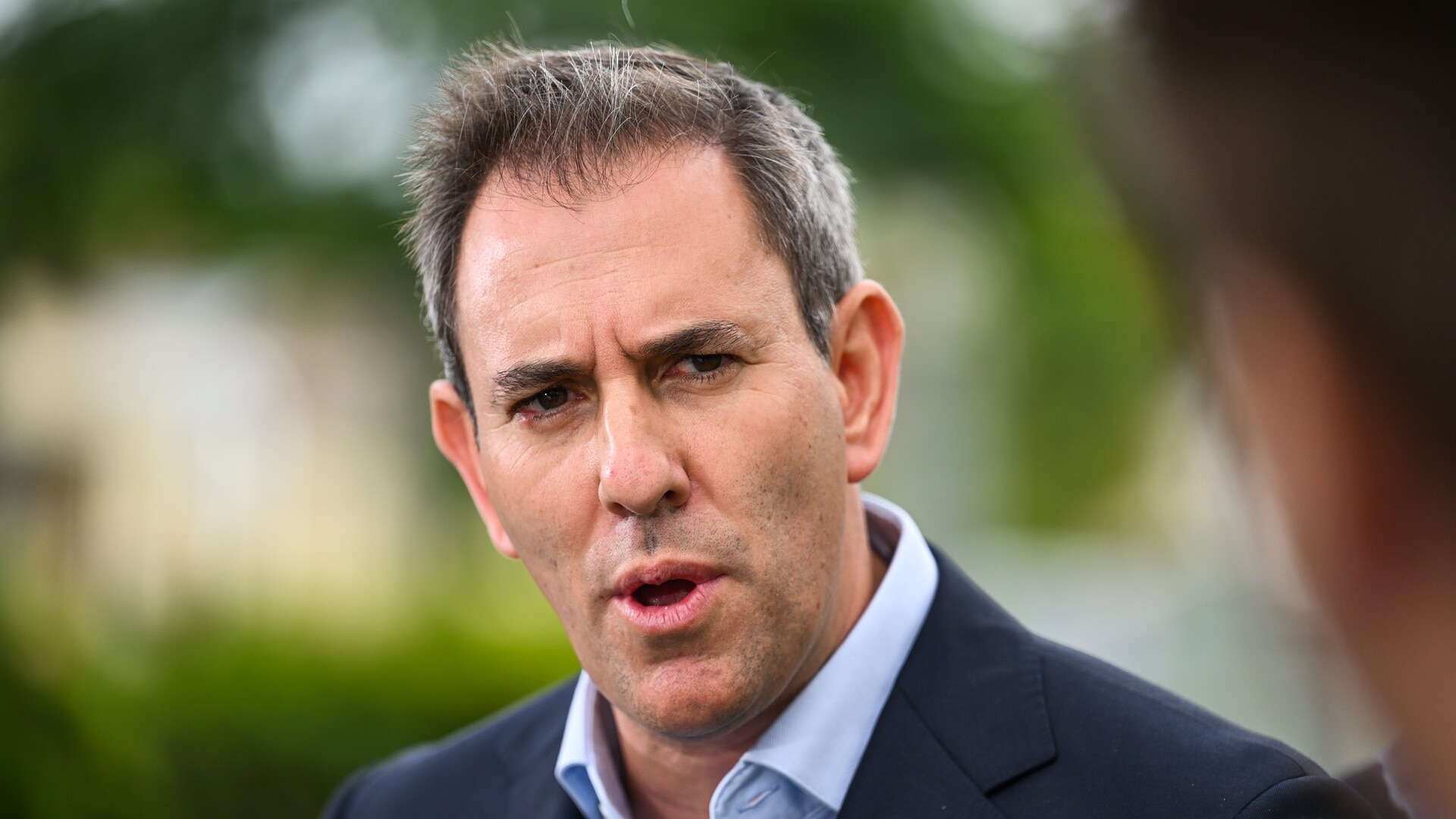
Money
Don't miss out on the headlines from Money. Followed categories will be added to My News.
Treasurer Jim Chalmers’ looming plan to tax unrealised gains on large superannuation balances has already sparked a flight for the exits as wealthy retirees scramble to sell assets and restructure their investment portfolios.
With the Albanese government returned to power at this month’s election, and with Labor and the Greens now holding a Senate majority, the 30 per cent tax on earnings on super balances above $3 million is now likely to be passed into law.
Dr Chalmers first announced the major revenue-raising measure in 2023 but the legislation was blocked in the Senate, with significant concerns raised by economists and industry groups about the implications of taxing unrealised gains under the proposal.
Many Australians with self-managed super funds (SMSFs) put assets including property, farms and shares into their accounts. Labor wants to include the change in value of those assets in the calculation of earnings for the financial year, even if the asset is not sold.
Financial advisers told The Australian Financial Review on Thursday clients were already rushing to get ahead of the changes, scheduled to start on July 1 if the Senate passes Labor’s legislation, with the Greens indicating they will not stand in the way.

MORE: Can you use superannuation to buy a house?
Melbourne-based tax adviser Noel Beharis told the newspaper there was a “significant amount of panic” among SMSF members.
“For members of retirement age who can cash out their superannuation benefits, they have started the process of selling down assets and transferring the assets out of the fund to vehicles that will hold that wealth going forward,” he said.
“They are using the proposed changes as an opportunity to review their succession plans and setting up the appropriate structures to carry those plans out.”
Nearly 1.2 million Australians have SMSFs, which now account for more than $1 trillion of the total $4.2 trillion superannuation system.
Treasury estimates that the changes will only affect 80,000 superannuation balances when introduced this year.
But the Financial Services Council (FSC) has warned that for those entering the workforce today, an estimated 500,000 super balances will eventually breach the $3 million cap if it is not indexed to inflation, which Dr Chalmers has ruled out.
SMSF Association chief executive Peter Burgess has called on the government to urgently rethink the tax.
“No one disputes Treasury’s desire for a fair and equitable superannuation system, but to claim this tax only affects a minority and serves the national interest is shortsighted,” Mr Burgess said.
“It ignores the broader ripple effects. The government’s narrow focus is blind to the vital connections between superannuants, small business owners, primary producers, and angel investors. This oversight is already destabilising the SMSF sector and threatens to disrupt the delicate balance of our economic ecosystem.”
The SMSF Association estimates that around 17,000 funds hold business premises, mostly family businesses and farms to the tune of $100 billion. Industry research estimates that if this tax had been in place during the 2023 financial year, the average additional tax payable by these superannuants would have been $50,000.
“That’s not a modest impost for a family business or a primary producer,” Mr Burgess said.
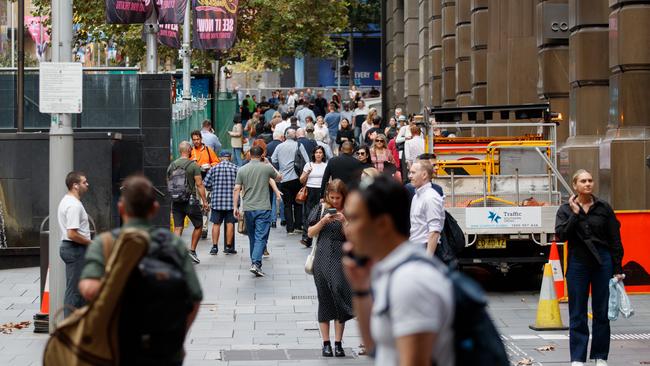
MORE: What your home will be worth in 2030
AMP Capital deputy chief economist Diana Mousina has calculated that most Gen Z Aussies will have $3 million in their super accounts by the time they retire in around 40 years.
While just 0.5 per cent of the population can boast that much today, “an average 22-year-old today earning average wages for the rest of their life will breach the $3 million limit unless the government indexes the threshold”, Ms Mousina wrote in her analysis.
“Do you think that the proposed $3 million superannuation cap tax won’t impact you because the Labor government said it only impacts 0.5 per cent of people now? Think again!”
Her modelling was done under the assumption that wages would grow at 3 per cent a year and that super contributions sit at 12 per cent, leading to substantial compound interest. She based the figures off an average income of $98,000.
The tax, which doubles the 15 per cent rate for earnings over $3 million, is expected to initially raise $2.3 billion a year and nearly $40 billion over a decade.
The Coalition has claimed that if the cap is not indexed, that figure could rise to $58 billion annually in 40 years’ time.
Wilson Asset Management founder Geoff Wilson, who has vocally opposed the changes, said the 80,000 estimate would grow “exponentially”.
“Between 1982 and 2022, wages have increased 5.8 times, Sydney house prices increased by 4.6 times and the Australian Securities Exchange by 13.9 times,” he wrote.
“Many young people with normal working years before retirement, higher than average salaries and super fund investment experience will be caught by this proposed legislation. While the numbers are low now, mostly impacting those in retirement phase, this change will impact hundreds of thousands of Australians over time.”
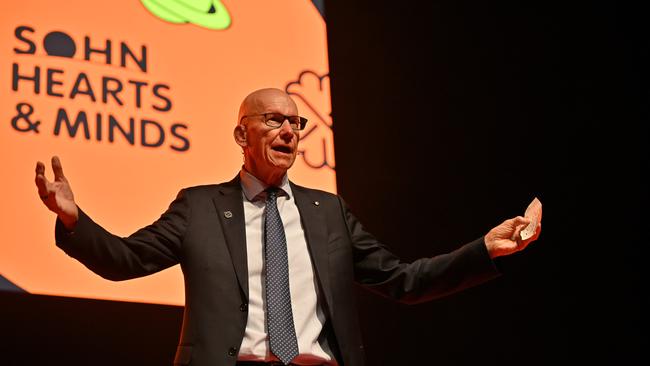
Mr Wilson warned the changes “will undermine Australia’s superannuation system as we know it, encouraging younger people to take on more risk in their investments and older superannuants to restructure their investments away from providing patient risk capital in illiquid assets”.
The Greens had been pushing for the threshold to be lowered to $2 million and for cap to be indexed to inflation, but have indicated they will give ground on these requests.
Dr Chalmers this week defended the proposed super changes, denying there had been widespread criticism on the campaign trail, while reiterating Labor’s opposition to doing a deal with the Greens to lower the cap.
“I’m not generally or genuinely stopped in the street about these changes,” Dr Chalmers told The Australian Financial Review in Brisbane.
“I think most people recognise that these are modest changes [that] affect a tiny, tiny sliver of people with superannuation — still concessional tax treatment just slightly less concessional for people with very large superannuation balances.”
Shadow Finance Minister Jane Hume this week called on Dr Chalmers to abandon the “unfair” policy.
She said she hoped Labor’s new economic team, which includes Assistant Treasurer and Minister for Financial Services Daniel Mulino and Cabinet Secretary Andrew Charlton, would “speak sense” to the Treasurer.
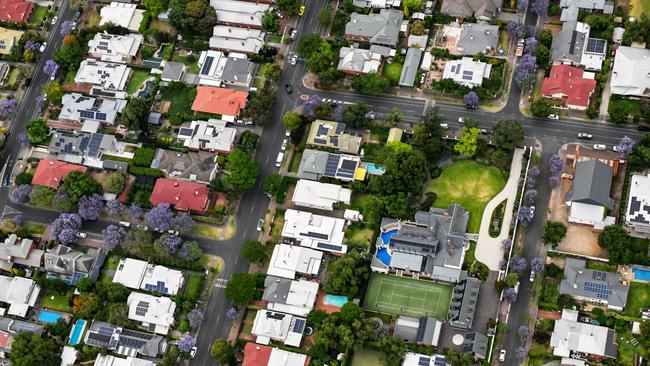
“These are two people that have profound experience in economics,” Senator Hume told Sky News on Wednesday. “I’m hoping that they’ll speak sense to Jim Chalmers — who is, as we know, the king of spin, as opposed to a real doctor of economics. These guys might be able to help Jim Chalmers see the light on this. It’s a terrible policy.”
Teal MP Allegra Spender, who represents the wealthy eastern suburbs seat of Wentworth in Sydney, also called on Dr Chalmers to rethink the policy.
“The government can say they have won a mandate on reform on high-value super funds, but they need to rethink their approach,” she told The Australian Financial Review on Tuesday.
“Community concern is both that this violates a fundamental principle of taxation, but also particularly how it will impact investment in high-growth young businesses on the productivity forefront that are disproportionately supported by SMSFs. The government needs to do all it can to encourage investment into high-growth businesses, not undermine it.”
Wilson Asset Management, which invests $5.8 billion on behalf of more than 130,000 clients, released a discussion paper last month critiquing the proposal.
The investment firm calculates a “deadweight loss” of $94.5 billion from taxing unrealised gains.
“Deadweight loss arises because taxes alter relative prices, causing individuals and firms to make decisions that deviate from what they would have chosen in a free market,” it says.
As money flows from riskier venture capital, “we estimate that as behaviours change Australian housing could see $155 billion in assets move into tax exempt structures such as the primary residences”.
Moreover, it argues that the actual forecast revenue may be a mirage when the Laffer Curve is considered. The Laffer Curve, a cornerstone model of taxation theory, is used to highlight how “excessive taxation can be self-defeating, shrinking the base it seeks to tap”.
“We have calculated … the Laffer Curves from implementation of taxing unrealised gains in superannuation,” it says.
“What is clear is the effective tax rate that creates change is well below the proposed tax rate of 15 per cent. A tax of $2 per $100 invested, or higher, would drive the incremental quantity invested to zero. It is therefore implicit by the Laffer Curve mathematics that there should be no taxation of unrealised gains as the proposed tax rate is well above the revenue maximising rate.”
Originally published as ‘Panic selling’ begins to avoid Labor’s $3 million super tax




